Art can serve as a site of remembrance to recall what is otherwise forgotten or unseen. Memories and Portraits, a new exhibition at Mile-End artist-run centre articule, expands on entrenched notions of remembering, to make space for new histories that are at once ambiguous and authentic in nature. Participating artists Kama La Mackerel, Logan MacDonald, Pascha Marrow, and Eshan Rafi engage portraiture as a collective vehicle to reflect on the past and envision the future. Their subjective representations of memory not only offer an intimate glimpse at the evolution of these artists—from their roots, to their present-day practices—but subvert portraiture as a western, canonical painting genre.
For example, Eshan Rafi’s video installation Various Humans (formerly Some Part of Me Knows) showcases an array of media texts—juxtaposing footage from L’Enfant Sauvage (Dir. François Truffaut, 1970) and from Never Let me Go (Dir. Mark Romanek, 2010), with an excerpt of Matrix co-director Lana Wachowski’s acceptance speech for the 2012 Human Rights Campaign Visibility Award. “I want to disrupt the idea that in order to be seen as a legitimate subject you have to speak your trauma and tell your story,” said Rafi. Their intertextual media installation, thus considers the ways in which “colonialism and institutions influence how one writes the Self and how one is written about by others”. The different media texts that interrupt each other in Various Humans twist the process of remembering to challenge the viewer’s gaze.
Pascha Marrow also weaves together seemingly disparate works in Utopias: Islands, an ongoing project comprised of photographs, drawings, and paintings that are informed by familial figures and the relationships of those closest to the artist. The collection of works encompasses the fragments of three installments—Alone Together (2016 – 2018), New Work (2018 – ) and Islands (2019 – )—to situate Marrow as the authoritative voice in these documents and to illuminate the existence of contradictions in our identities. Specifically, Marrow is interested in visualizing the absent presence(s) of herself and the people they represent, departing from the notion of authenticity in photography portraiture to favour a contemplative, painterly abstraction.
Marrow’s photographs from Alone Together capture singular moments in time, mediating the artist’s lens in spaces filled with fog—the clouds’ isolating these spaces of refuge. New Work builds on these photographs, as Marrow abstracts the people in previous photographs into contoured lines that embody the ambiguous nature of the installation itself. “It is impossible to tell authoritative stories about others, especially when they are not really there,” said Marrow. The body is central in Marrow’s documentations, with bodily presence negotiating a paradox of interdependence and isolation depicted in Islands.
Through their varying practices, the four artists showcased in Memories and Portraits interrogate conventional understandings of portraiture and ways of narrating the past.
Across the room, a photo installation by Logan MacDonald, Being Invisible Makes You See Me, marks a geographic exploration of Indigenous territories through Canada. MacDonald’s artistic process is centered on identity and the navigation of his own subjecthood despite ongoing erasure of Indigenous presence in Newfoundland. Informed by his 2017 book, The Lay of the Land, the photo installation simulates a barrack, with the photograph of a handsome model appropriating a headdress inside a plastic bag. This image is superimposed on the spectator yet distancing them through angled, elevated positioning from the exhibition floor. Best rendered as staging resistance, the grid-lines intersecting throughout the image point to the legacy of the colonial project, at once dividing geographical space and undermining the materiality of these lines, privileging the contents in the image.
Nearby, Breaking the Promise of Tropical Emptiness visualizes a collaboration between multidisciplinary artist Kama La Mackerel and photographer Nedine Moonsamy. This photographic project interrogates the convention of tourist postcards, with the artist intervening these landscapes of their home island of Mauritius. In their redefinition of the “exotic” postcard, La Mackerel not only marks bodily presence in what would otherwise be read as barren, tropical landscapes, but centres their subjecthood, rewriting the sense of Self as multiple into the homeland.
Through their varying practices, the four artists showcased in Memories and Portraits interrogate conventional understandings of portraiture and ways of narrating the past. By resisting colonial practices, they attend to the ongoing process of rewriting personal histories for a future that is centered on ambivalent belonging.
Memories and Portraits is on display at articule (262 Avenue Fairmount O.) until April 21, 2019. For more information visit articule’s website.
This article has been edited for clarity.



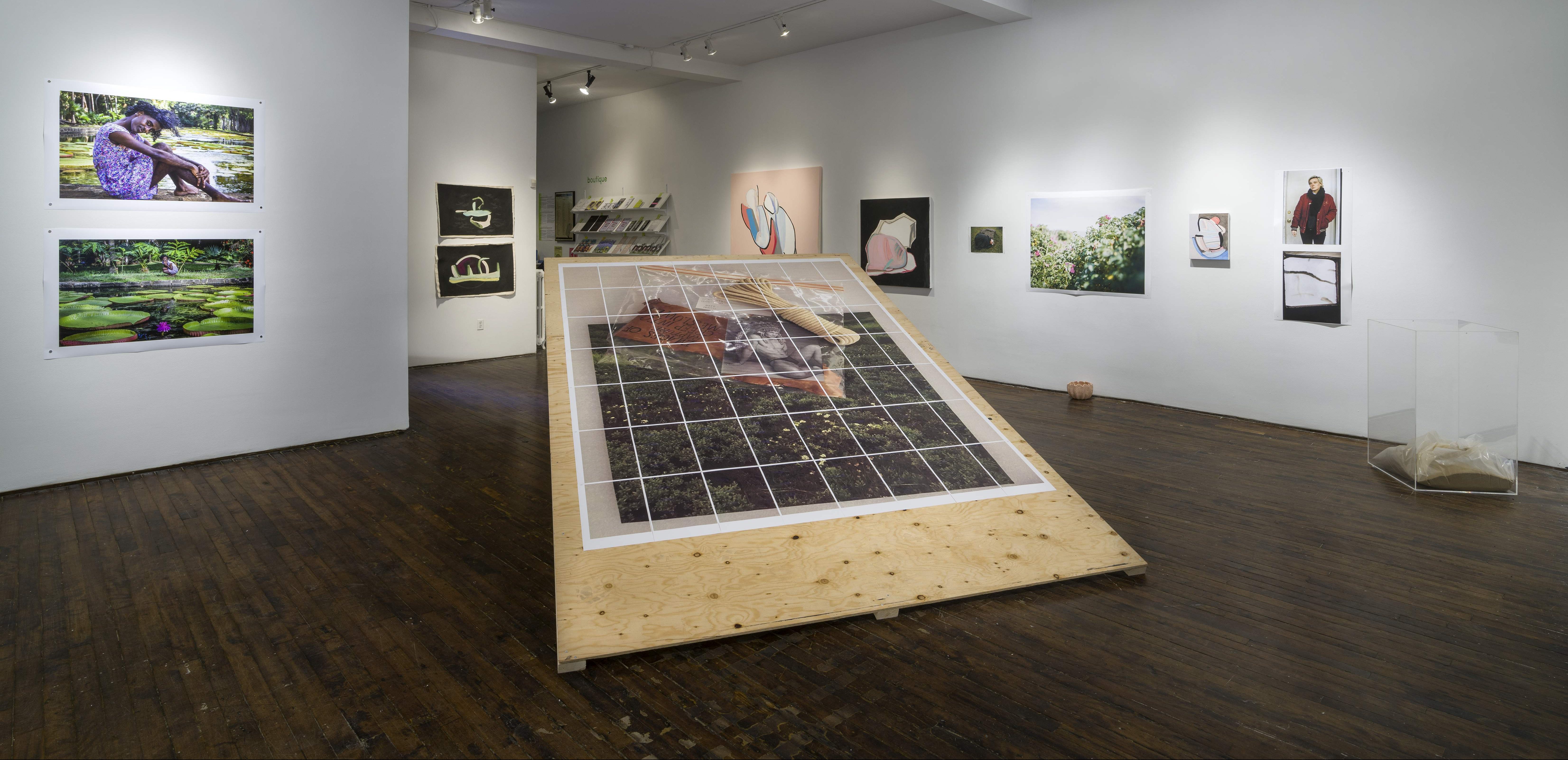


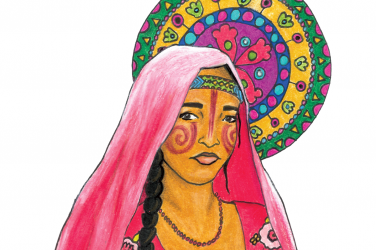
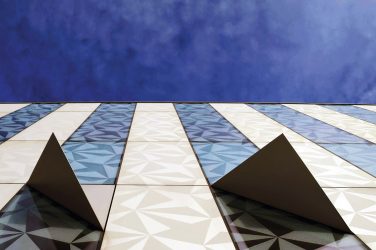
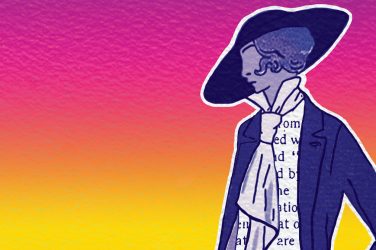
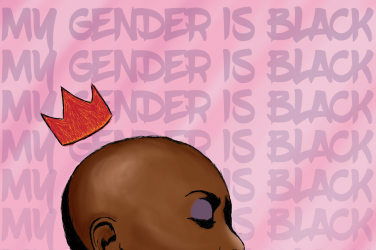
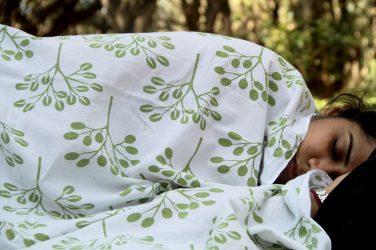
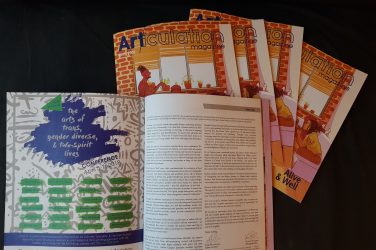
Show Comments (0)